Long Duct Run for Vented Dryer vs. Condenser Dryer
jromilw
17 years ago
Related Stories
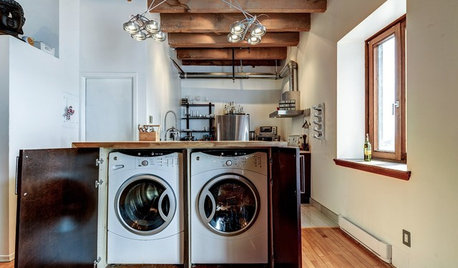
LAUNDRY ROOMSA Kitchen Laundry Cabinet Full of Surprises
A little DIY spirit allowed this homeowner to add a washer, dryer, kitchen countertop and dining table all in one
Full Story
REMODELING GUIDESContractor Tips: Advice for Laundry Room Design
Thinking ahead when installing or moving a washer and dryer can prevent frustration and damage down the road
Full Story
INSIDE HOUZZHow Much Does a Remodel Cost, and How Long Does It Take?
The 2016 Houzz & Home survey asked 120,000 Houzzers about their renovation projects. Here’s what they said
Full Story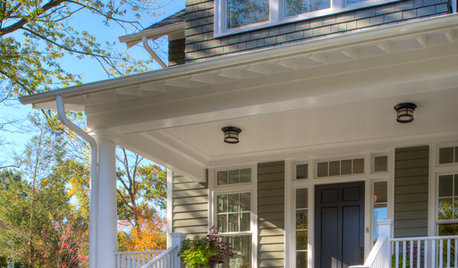
MONTHLY HOME CHECKLISTSOctober Checklist for a Smooth-Running Home
You're due for some winterizing, like clearing rain gutters and stowing swimsuits — but leave time for a fun project
Full Story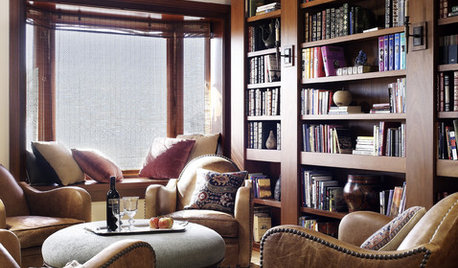
MONTHLY HOME CHECKLISTSFebruary Checklist for a Smooth-Running Home
Spend snowy days sprucing up, cleaning out and making your bedroom romance-ready
Full Story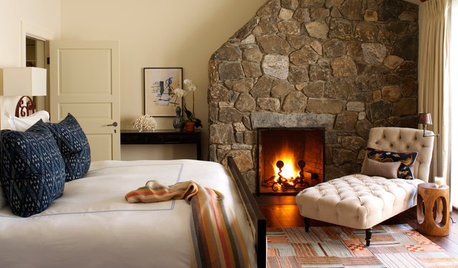
MONTHLY HOME CHECKLISTSSeptember Checklist for a Smooth-Running Home
Get ready to get cozy at home with snuggly blankets, well-stocked firewood, added insulation and more
Full Story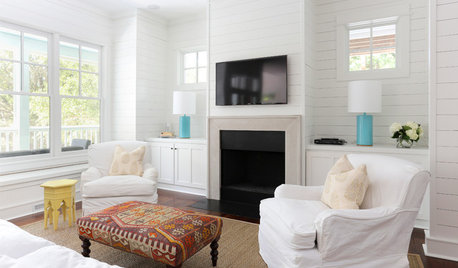
MONTHLY HOME CHECKLISTSYour May Checklist for a Smooth-Running Home
Sail through the rest of spring by spiffing up your home and getting down in the backyard with friends
Full Story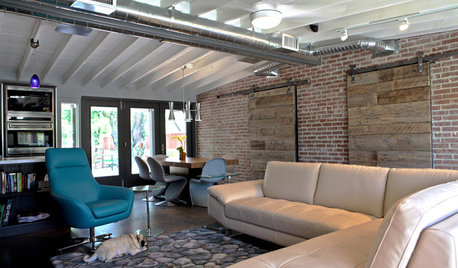
ARCHITECTUREHVAC Exposed! 20 Ideas for Daring Ductwork
Raise the roof with revealed ducts that let it all hang out — and open a world of new design possibilities
Full Story
KITCHEN DESIGNA Cook’s 6 Tips for Buying Kitchen Appliances
An avid home chef answers tricky questions about choosing the right oven, stovetop, vent hood and more
Full Story
LIFEWe Can Work It Out: Living (and Cleaning) Together
Run a household without fussing and fighting with these ideas for how to work together on household chores
Full Story





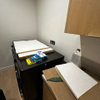
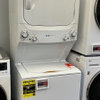

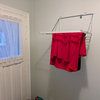
gordonr
doitright2015
Related Professionals
Haslett Kitchen & Bathroom Designers · Jefferson Hills Kitchen & Bathroom Remodelers · Westminster Kitchen & Bathroom Remodelers · Mount Prospect Cabinets & Cabinetry · Corona Custom Closet Designers · San Francisco Custom Closet Designers · Dracut Flooring Contractors · Goodyear Flooring Contractors · Green Bay Flooring Contractors · Hilton Head Island Flooring Contractors · Laconia Flooring Contractors · Orlando Flooring Contractors · Plainfield Flooring Contractors · Sarasota Flooring Contractors · West Islip Flooring Contractorsgordonr
gordonr
jromilwOriginal Author
gordonr
housekeeping
jcrowley99
jromilwOriginal Author
bestefar
gordonr
jromilwOriginal Author
choc-full-o-nuts
jromilwOriginal Author
bestefar
jromilwOriginal Author
bestefar
jromilwOriginal Author
bj_inatlanta
cuznvin